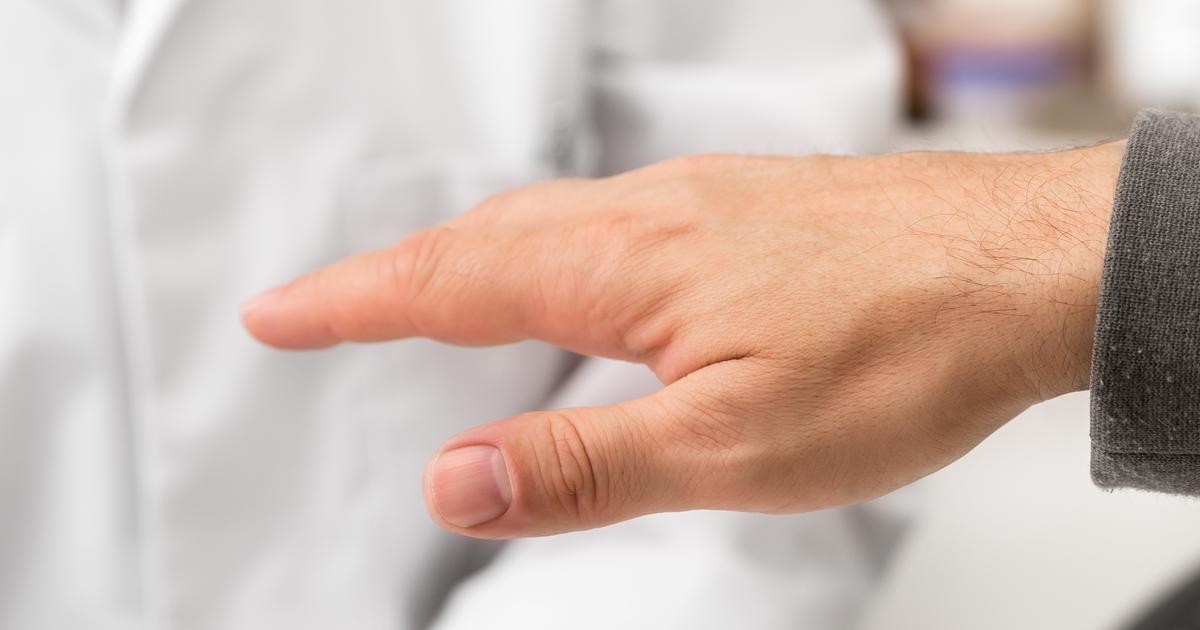Serious Symptoms Of Parkinson's Disease
For those diagnosed with Parkinson's disease, knowing which medications to use and how to find them is vital.
Parkinson's disease a common neurological movement disorder that causes an individual to experience multiple neurological and motor symptoms due to a deficiency in dopamine. Dopamine, an important chemical in the brain, is considered a neurotransmitter and helps the nerves communicate with each other. This deficiency can be the result of genetic factors, exposure to certain chemicals in the environment, or idiopathic. Parkinson's disease develops more often in men than it does in women, and adults past their sixth decade of life are more likely to be affected. Parkinson's is diagnosed with a physical examination, a thorough neurologic examination, MRI scans, fMRI scans, PET scans, DaTscan, and trial medication. Parkinson's disease does not currently have a cure, but treatment can help alleviate symptoms. Parkinson's treatment may involve the use of medication, deep brain stimulation, speech therapy, occupational therapy, and physical therapy.
Learn about the major symptoms of Parkinson's disease now.
Tremors

A tremor is an uncontrollable and unintentional movement in a rhythmic motion of one limb or one part of an individual's body. Muscle twitches and muscle spasms are not the same symptoms as a tremor. An involuntary contraction of a muscle is a muscle spasm, and the uncontrolled movement of a small region of a muscle is referred to as a muscle twitch. Two different types of tremors may occur. Resting tremor occurs when an individual is at rest, and an action tremor occurs during targeted movements. The most common category of tremors to occur in Parkinson's disease patients is referred to as a parkinsonian tremor. Parkinsonian tremor is one caused by damage to the section of the individual's brain responsible for the control of movements. Parkinsonian tremor is considered to be a resting tremor and typically initiates on one side or in one limb of a patient's body. Eventually, the tremor moves to the other limbs or side of the body as Parkinson's disease progresses.
Uncover the next symptom of Parkinson's disease now.